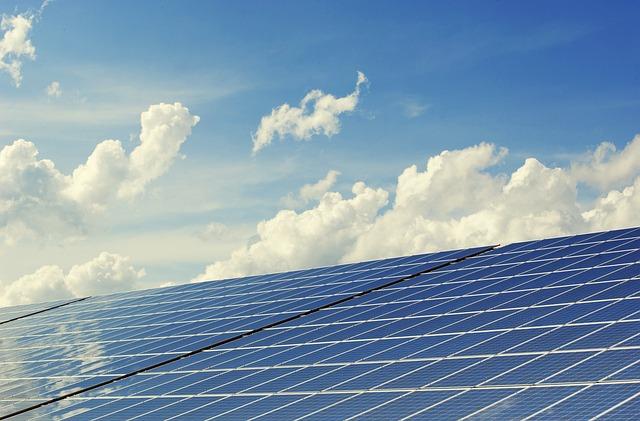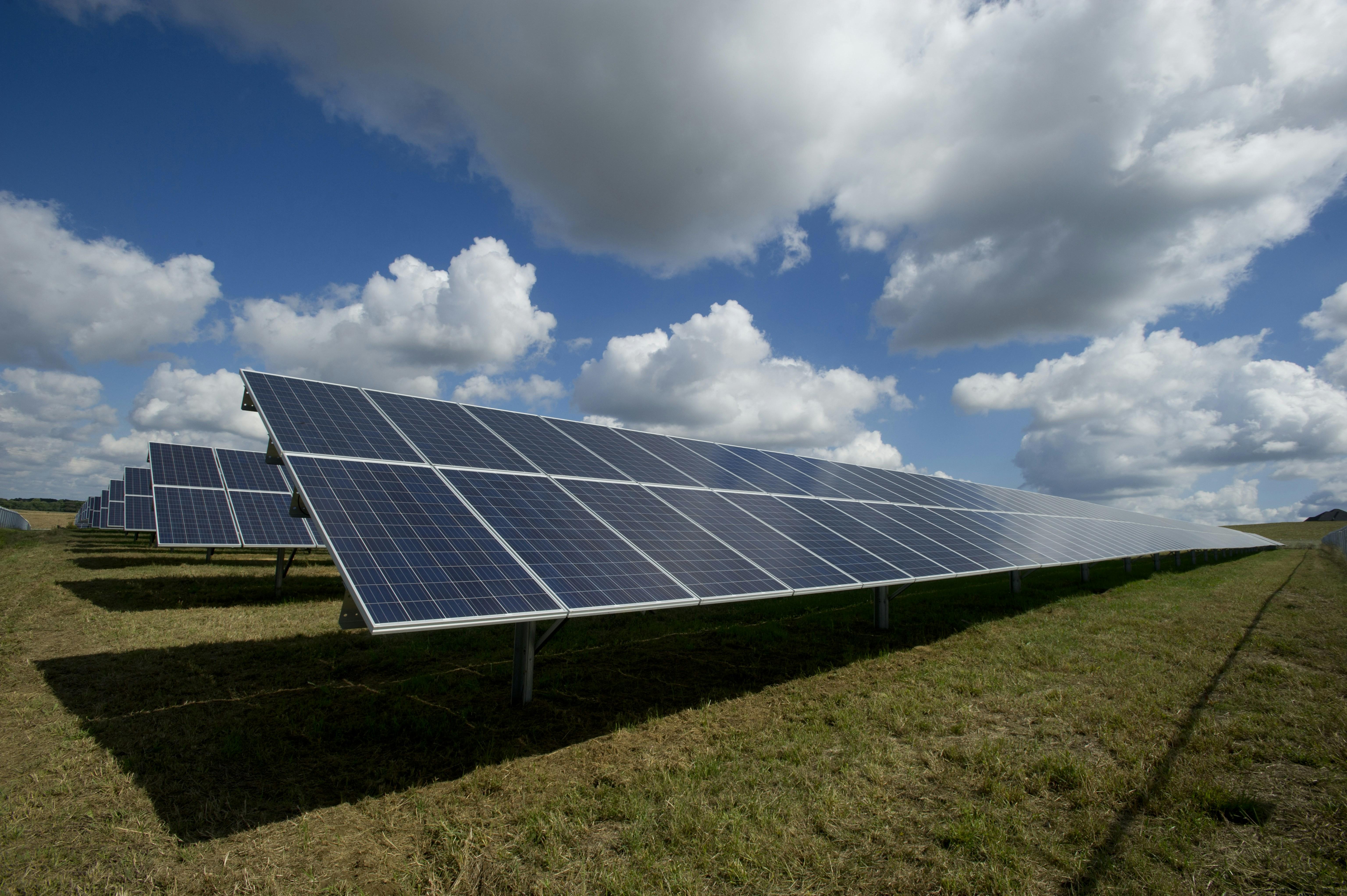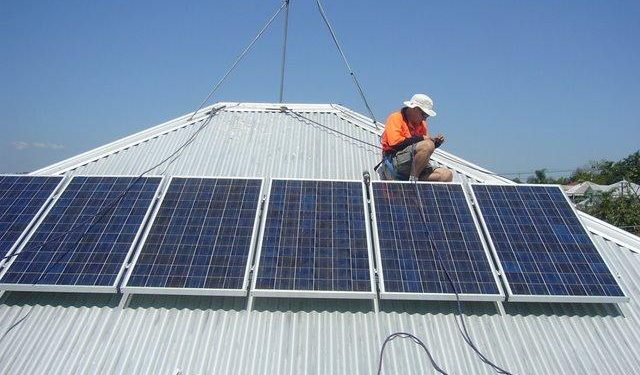In the shimmering promise of solar energy, where sunlight is spun into gold, homeowners find themselves at a crossroads between innovation and investment. The allure of reducing electricity bills and contributing to a greener planet beckons many to embrace solar technology. Yet, beneath the glossy brochures and enthusiastic sales pitches lies a shadow of doubt. Are solar installers truly illuminating the path to savings, or are they casting a veil over hidden costs? This article delves into the heart of this dilemma, exploring whether the information provided to homeowners aligns with reality or strays into the realm of misconception. As we journey through this sunlit industry, we aim to shed light on the truth behind the numbers, ensuring that the choice to go solar is as clear as a bright summer’s day.
Understanding the True Costs of Solar Panel Installation
When evaluating the financial implications of installing solar panels, homeowners often encounter a mix of transparent details and hidden nuances. Many installers provide upfront cost estimates that may appear straightforward but often don’t account for several factors that can significantly alter the final expense. These can include permits, installation fees, and maintenance costs that are not always highlighted during initial consultations.
It’s essential to delve into the various components that contribute to the total investment. Consider the following elements that might not be immediately apparent:
- Equipment Quality: Higher efficiency panels may cost more initially but offer greater savings over time.
- Inverter Choices: Different types of inverters come with varying price tags and lifespans.
- Tax Incentives: Misunderstandings about the availability or eligibility for federal and state incentives can lead to unexpected costs.
- Financing Terms: Loans and leasing options can affect the overall cost, sometimes leading to higher long-term expenses.
By understanding these aspects, homeowners can make more informed decisions and avoid potential pitfalls that might lead to budgetary surprises down the road.

Unveiling Common Misconceptions in Solar Marketing
In the world of solar energy, the promise of reduced electricity bills and a smaller carbon footprint can be incredibly enticing. However, the marketing strategies employed by some solar installers often lead to misconceptions about the actual costs involved. One prevalent myth is that solar installations are entirely free, thanks to government incentives. While it’s true that there are substantial rebates and tax credits available, these don’t cover the entire cost of installation. Homeowners might find themselves unprepared for the upfront expenses or the loan terms required to finance their new system.
Another common misconception is the notion of immediate savings. Many marketing materials highlight the potential for drastic reductions in energy bills, but they may not fully account for variables such as location, roof condition, and existing energy consumption patterns. This can lead to disappointment if the anticipated savings don’t materialize as quickly as expected. To navigate these waters, homeowners should ask solar installers for a detailed breakdown of potential costs and savings, including:
- Initial installation fees
- Maintenance costs
- Expected payback period
- Potential changes in energy rates
By obtaining clear and comprehensive information, homeowners can make informed decisions that align with their financial expectations and energy goals.

Navigating the Fine Print: What Homeowners Need to Know
Many homeowners are excited about the prospect of installing solar panels, drawn by the promise of reducing energy bills and contributing to a greener planet. However, the complexity of solar contracts can sometimes lead to misunderstandings about the true costs involved. Understanding the details of these agreements is crucial for making informed decisions.
- Installation Fees: Often, the initial installation cost can be higher than anticipated. It’s important to ask for a breakdown of these fees and inquire if they cover all necessary components, such as inverters and wiring.
- Maintenance Costs: While solar panels require minimal upkeep, occasional maintenance or repairs can add unexpected expenses. Clarify what is included in the warranty and what potential out-of-pocket costs may arise.
- Tax Incentives and Rebates: Many installers highlight potential savings through government incentives, but these can vary widely by location and may change over time. Confirm the current benefits and eligibility requirements to avoid inflated expectations.
In the world of solar energy, the fine print holds significant power. Homeowners should seek clear, transparent communication from installers to ensure that the journey to sustainable energy is both financially and environmentally rewarding.

Empowering Homeowners with Accurate Solar Cost Assessments
In the quest to adopt solar energy, homeowners often find themselves navigating a maze of estimates and proposals. While many solar installers strive to offer clear and honest pricing, misunderstandings can arise. It’s crucial for homeowners to have access to accurate cost assessments to make informed decisions. This empowers them to distinguish between genuine offers and those that might overpromise or underdeliver.
- Transparent Pricing: Look for installers who provide itemized breakdowns of costs, covering equipment, installation, permits, and any additional fees.
- Performance Projections: Ensure that energy savings and return on investment projections are based on realistic and personalized data.
- Comparative Analysis: Seek multiple quotes and conduct a side-by-side comparison to identify discrepancies and potential red flags.
- Informed Questions: Ask detailed questions about warranty terms, maintenance costs, and potential hidden charges to clarify the full financial picture.
By taking these steps, homeowners can confidently invest in solar solutions that are not only cost-effective but also align with their long-term energy goals.
Insights and Conclusions
As the sun sets on our exploration of the solar installation landscape, it becomes clear that the path to sustainable energy is paved with both promise and pitfalls. While the allure of solar power shines brightly, illuminating a future of renewable energy and reduced carbon footprints, the journey requires careful navigation. Homeowners stand at a crossroads, armed with the potential to harness the sun’s power, yet cautious of the shadows cast by misleading cost claims. By equipping themselves with knowledge, asking the right questions, and seeking transparency from installers, they can make informed decisions that align with both their environmental values and financial realities. As we turn the page on this discussion, let us remain vigilant and hopeful, committed to a future where the truth about solar costs is as clear and abundant as the energy it promises to deliver.

































